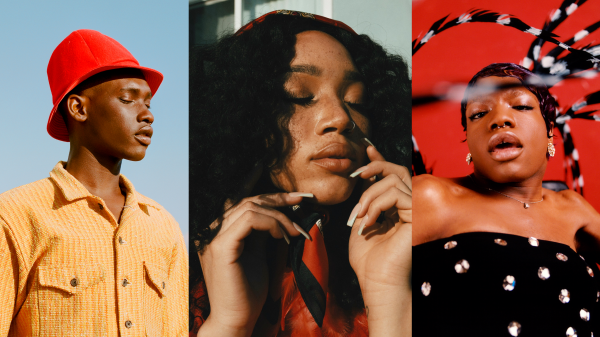
This story is a part of The Melanin Edit, a platform in which Allure will explore every facet of a melanin-rich life — from the most innovative treatments for hyperpigmentation to the social and emotional realities — all while spreading Black pride.
In the early days of color film technology, Kodak sold the majority of the color film used in the United States. From the 1940s until the 1990s, Kodak supplied photo labs across the nation with a reference card meant to calibrate the colors — including skin tones — within an image. These reference cards, dubbed "Shirley cards" after the original model’s name, all featured photos of similar-looking alabastrine, brunette white women. "Shirley" became the standard for color correction, the yardstick used for processing by technicians, and now, a symbol of the skin color bias so deeply rooted within the world of photography.
The film chemistry that creates color balance was not originally designed with yellow, brown, and reddish skin tones in mind, and such hues wouldn't even be considered until the 1970s. For Concordia University professor Lorna Roth's 2009 research on the equity of image technologies, she spoke with Earl Kage, the former head of the Color Photo Studio at Kodak Park during the 1960s and 1970s and former Manager of Kodak Research studios. Kage shared with Roth that, at the time, companies that sold furniture and chocolate raised concerns with Kodak because "they were having a good deal of difficulty" in differentiating wood grains, and the film was failing to distinguish "the subtle variations" between dark, bittersweet, and milk chocolates in photographs. The subsequent inclusion of darker skin tones on Kodak's color film wasn’t necessarily a consideration at all — rather, the by-product of solving an advertising dilemma.
While the range of photography's technological capabilities have advanced and expanded significantly over the past few decades, the tech's bias in favor of light skin has perpetuated a certain ongoing lore around dark skin: darker skin tones require more light, darker skin is more difficult to edit, darker skin is, overall, a burden to photograph and film.
Even today, with the science of photography at its most inclusive point yet, those behind the camera continue to get it wrong. On smaller scales — failing to equally light interracial couples — and larger scales — in advertisements, television episodes, and magazine covers — alike.
But it doesn’t have to be this way. Black and brown folks deserve the simple pleasure of recognizing themselves in photos and being proud of their image, without having to worry about their skin color being distorted through the lens by faulty tech or by a faulty photographer who lacks the requisite awareness to shoot a spectrum of skin colors.
Allure spoke to three photographers with extensive experience working with Black and brown subjects about their personal approaches to shooting those with darker skin tones, and what they do on set and in post-production to make melanin look great on camera — because as the saying goes, you don't take a photograph, you make it.
CAMERON REED
@camsvisualartFashion photographer based in Houston, TexasCameron ReedCameron Reed
Allure: When did you first know that there was a difference in your approach to photographing people with more melanin as opposed to other skin tones?
Cameron Reed: It’s always been Black people [that I’ve photographed]. Black people invested in me… and that's why I appreciate capturing them. I don't use any lights. I don't use a setup. All I use is my reflector and the sunlight. Let me show how beautiful Black skin can be with no added lights, no added [or] artificial whatever — just pure sunlight, maybe a little bit of makeup, and my camera so I can capture the raw realness of sunlight on Black skin.
Allure: Should the tone of the story you're trying to tell through the shoot consider the tone of the skin you're shooting?
CR: As a Black storyteller and a Black creative, I understand matching the photo tones, colors, perceptions, [and] angles to how you want the story to be told. But never have I ever in my storytelling made someone's skin tone worse because it's a grittier [feel].
I use vintage edits all the time. That never changes the skin color. It keeps the same complexion that it would if I was using cool or warm tones, or warm shadows. It never changes. There are things that I can do [in editing] to still keep the integrity of the person's face.
Cameron Reed
Allure: How do you think photographers and retouchers of all racial backgrounds can do darker skin justice in photos?
CR: Study. Study people like Tyler Mitchell, [who] is my biggest inspiration. Study how the tones [in his photos] are, study how he captures the light. Watch the videos he has. If you don't get anything from him, go to one of your favorite Black photographers and see what their process is instead. Some may offer a class or post videos that go behind the scenes on how they shoot. Look and research.
It's not that hard to capture Black faces — it's not "not hard" as in it's easy, but if you follow the right procedures, you take your job seriously, you do right by editing. If you know that a photo is bad, then don't put it out there. If I know the skin tone of the model [in the photo] is not their true color, it doesn't look defined enough, it doesn't have enough light on it, I'm not gonna post it. It's a trust system. If the model can't trust the photographer, then it's not going to be a good photoshoot.
JACQ HARRIET
@jacqharrietFashion, beauty, and portrait photographer based in New York City and Los AngelesJacq Harriet
Allure: Is there any difference in your approach to photographing people with melanin-rich skin as opposed to other skin tones?
Jacq Harriet: Working in the commercial world, I sometimes get hired to do a lot of group photoshoots [which] tend to include a cross-section of different skin tones. A lot of times, we’ll be shooting [all the models] in the same exact lighting settings.
When you're shooting a wide range of skin tones under the same lighting conditions, it's about having enough time to figure out what makes sense most for each person: Some skin tones need a little bit more highlight so that you can see the contours, and then sometimes, when you bring someone in who's got really white skin, you need to bring the lights down. There is no one size fits all approach when it comes to lighting for darker skin tones or for a lighter skin tone, because every person is coming into the frame with a different sort of skin type.
For me, the most important thing is always visualizing what people look like in person and trying to use that knowledge in the post-production process when you're doing any burning or dodging [a technique that manipulates the exposure of a selected area on a photograph, deviating from the rest of the image's exposure] to make sure that you never lose the contours of someone's skin.
Allure: Is the preparation and setup for a shoot different when the subject has darker skin?
JH: Sometimes we'll bring in a V-Flat [a lighting tool that is commonly used as a light reflector but can also be used as a backdrop] or add an additional light… or sometimes a scrim [a material placed between your light source and your subject that either reduces or diffuses light] if the light is coming too harsh. I really honestly give a lot of credit to my wonderful assistants, who I work with a lot — Casanova Cabrera and Chad Hilliard.
It's all about the team being super aware of new people coming into the frame, and that we're not making anyone appear too dark, as in, we've lost the details of their face. Because you really want to make sure that you can still see skin details, especially in beauty photography.
In an outdoor setting [without studio lighting] it's about putting someone in the light so that the skin tone isn't in shadows and you lose the creases, the actual details of the skin. I always like to place my subjects partly in the sun versus making them backlit, just so nobody becomes silhouetted too much, and that really goes for all skin tones and the way I shoot.
Jacq HarrietJacq Harriet
Allure: As a photographer, is there anything else that you do to ensure that darker skin is done justice through your lens, from a procedural perspective?
JH: I think my most important advice would be more about the editing process. When you're in the post-process, you’re trying to figure out: what does this person look like in everyday life, what did they look like when you were shooting it, am I doing justice to their actual skin tone? [You may] also [be] trying to bring back more detail.
Allure: Would you say, then, that one of your biggest priorities as an imagemaker is to portray your subjects as realistically as possible?
JH: My style does tend to go a bit bright overall on all skin tones. I'm always trying to play with the levels in Photoshop to get more dimension and more richness in skin tone, because I like my pictures to feel opened up, and I always like to take them back down again in post. I like overall other elements to feel airy, but I feel like when you're able to add back a little bit of levels and contrast in the face, or in the skin in general, it just feels more dimensional, more 3D, more realistic. The subjects separate from a softer background and become the focal point.
MYLES LOFTIN
@mylesloftinEditorial photographer based in New York City Myles LoftinMyles Loftin
Allure: What kind of stories do you like to tell through your photography?
Myles Loftin: My subjects are typically Black and brown people or anybody that comes from a marginalized background. I'm most drawn to photographing [subjects with these identities] because they most closely relate to my experience growing up and moving through the world. I also realized that people like me weren't always being seen, or at least being portrayed in the way that I felt was honoring their existence. That's where my work steps in.
Allure: What are the differences in your approach to photographing people with more melanin as opposed to other skin tones?
ML: When I'm shooting, my primary goal is to make everyone look as vibrant and good-looking as possible. I especially like to focus on the highlights of Black skin. I love when it's soft natural light and you get those really nice highlights on the face. [Also] making sure the skin looks really even-toned. When some people shoot dark skin, it tends to fall off into one shade of darkness, and I like to make sure that the way people show up in my photographs shows the range of hues and not just one example.
Allure: What are your mechanics or techniques behind making melanin look great on camera, especially when working with two different mediums like digital and film?
ML: I'm more conscious of [the other colors on set] when it comes to working with different skin tones, rather than the exact lighting techniques. Some people have blue undertones, some people have yellow and red. I use a lot of different backdrops, and [picking one that complements my subject’s undertones is] really an important decision because it can make or break the way that a photo turns out.
Myles LoftinMyles Loftin
Allure: Do you have any special techniques when it comes to editing?
ML: I always like to add a little bit of brown or red in the shadows to play on that warmth. I really like to emphasize the richness and the brownness of [the] people's skin that I'm photographing. I typically go in Lightroom or Photoshop and enhance that.
Allure: Is there anything else you do to ensure that brown skin is done justice through your lens, from both a procedural and storytelling perspective?
ML: Most of my work has some sort of positive feeling about it. I don't really photograph my subjects in a somber mood or use many cool tones. I don't even really shoot black and white. In that way, I'm intentionally trying to create images that fall more on the positive side, because I feel like there is so much of the opposite. It's honestly just what I gravitate towards more. There are people who make beautiful work that channels these more intense emotions, but I think as a person, I'm very laid back, I’m very chill, and I enjoy celebrating us as a people and making us look good by using photography.
Allure: What is your favorite part about photographing Black and brown people?
ML: It's a different type of energy on set. It's a whole different vibe. [It’s a] familiarity of experience and that comfortability that you have automatically when you step into a room of Black people. That is the difference for me, or at least what I love the most about getting to work with Black and brown individuals.
Interviews have been edited and condensed for clarity.
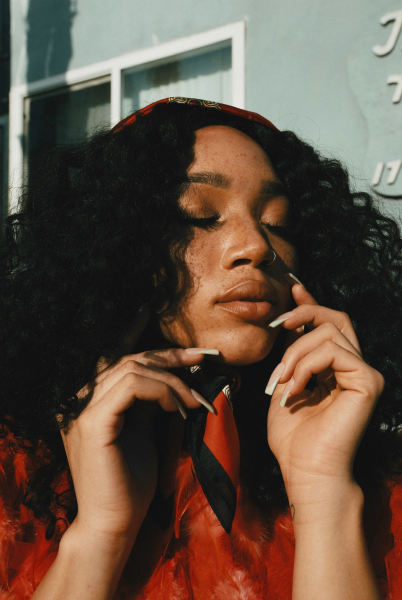
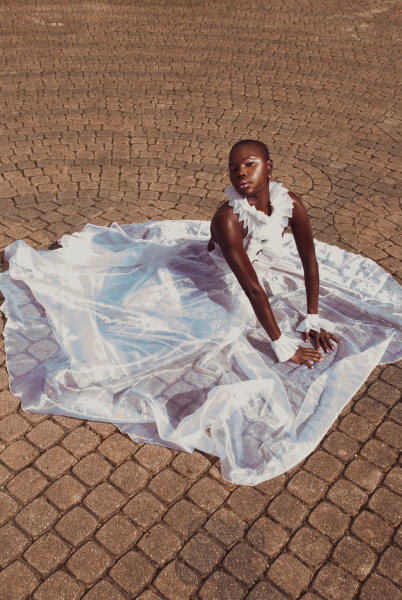
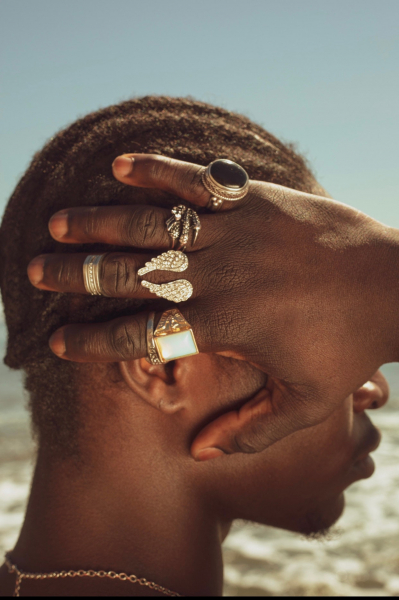
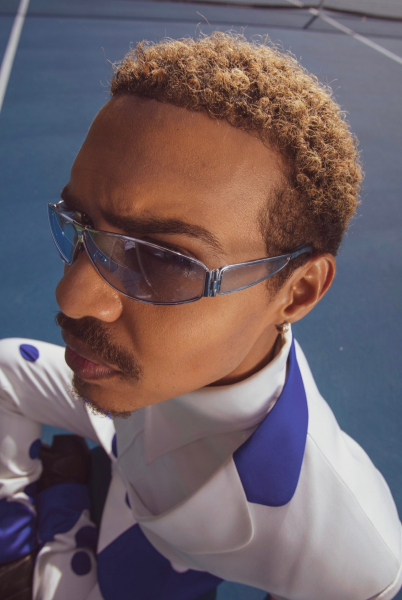

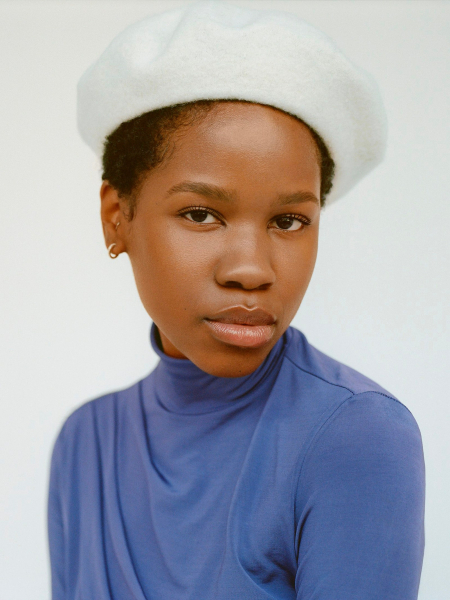
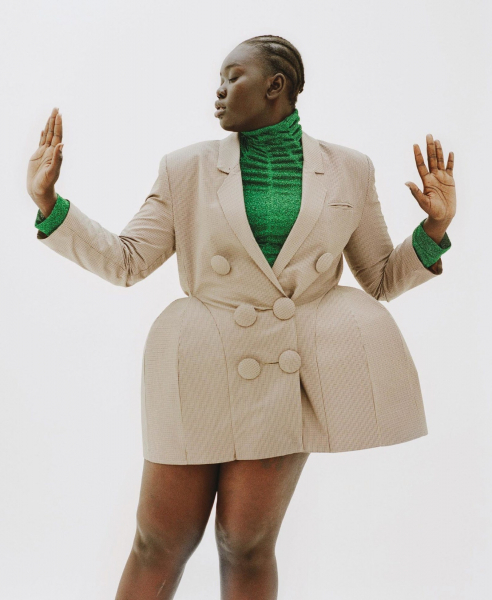
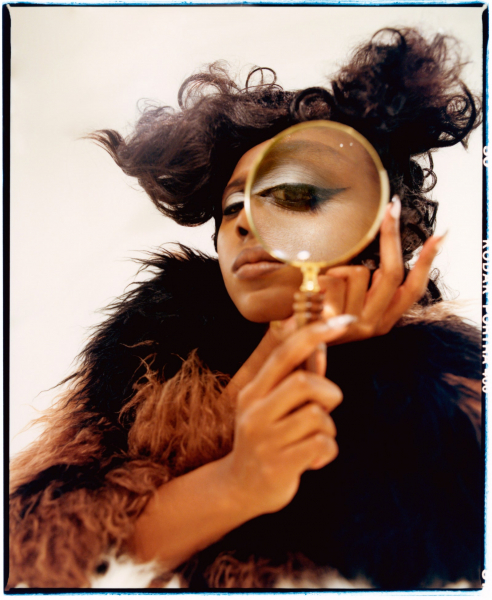
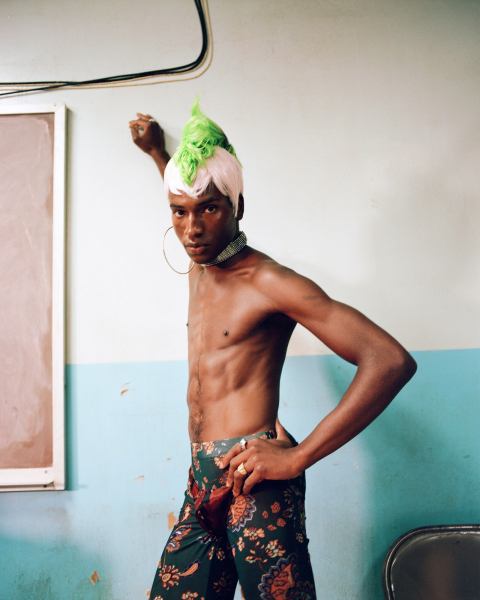
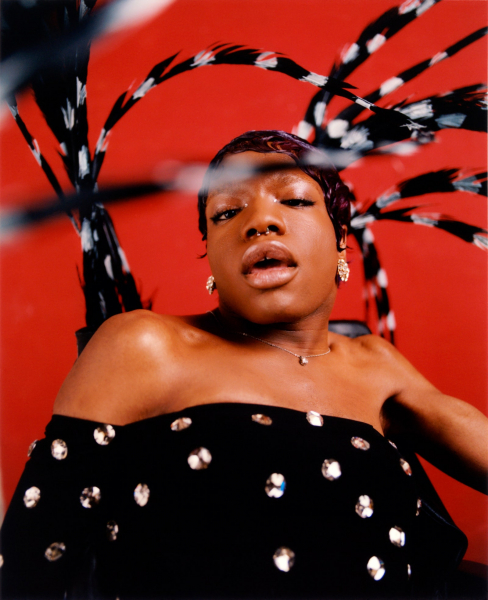
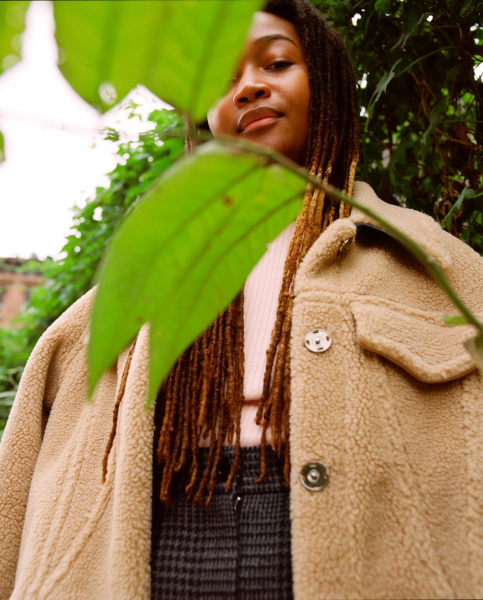

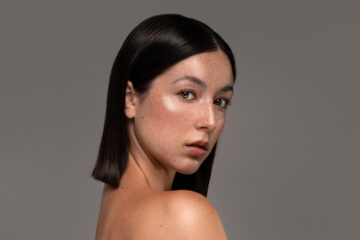
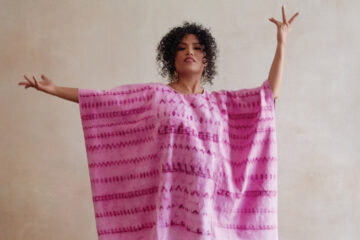
0 Comments